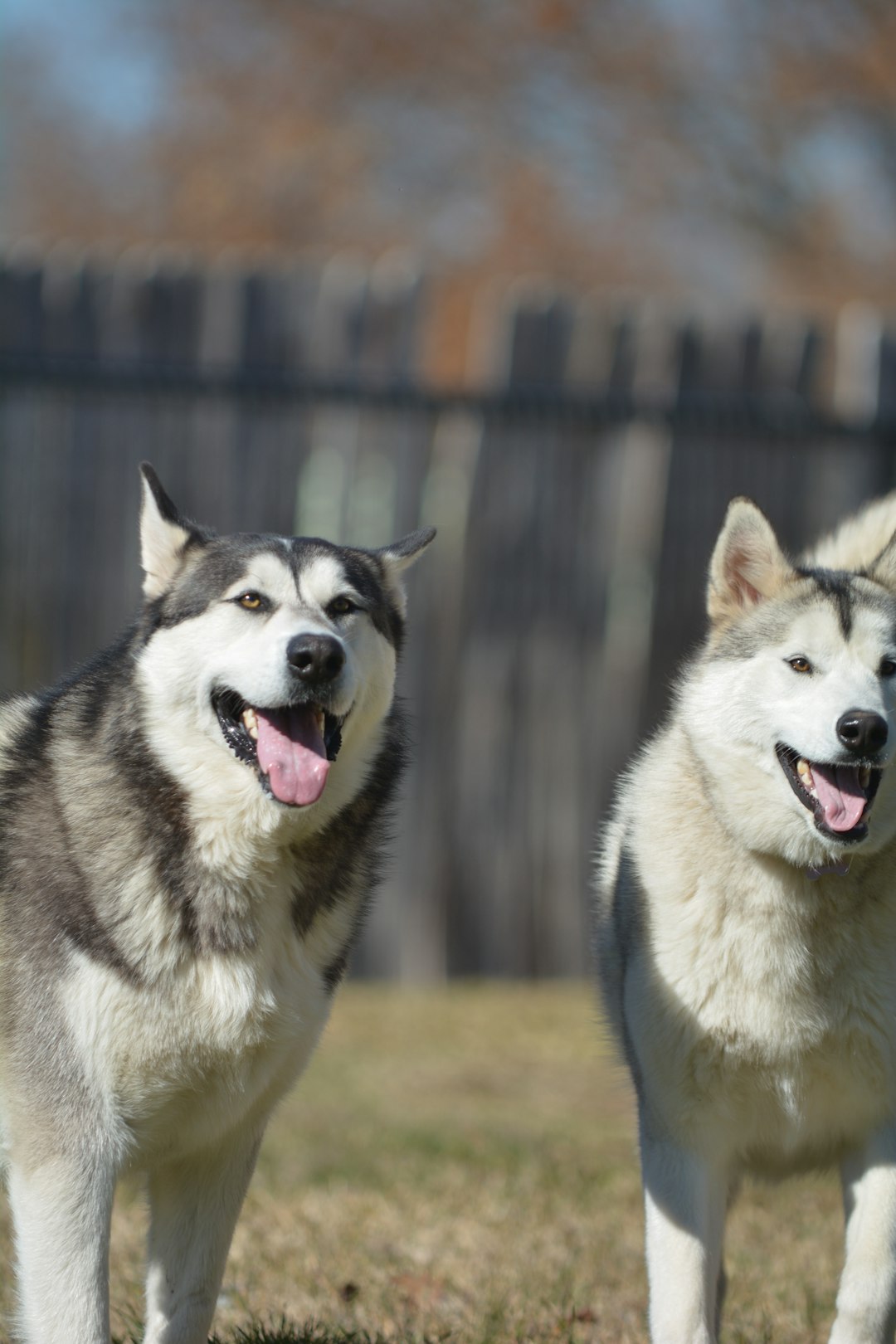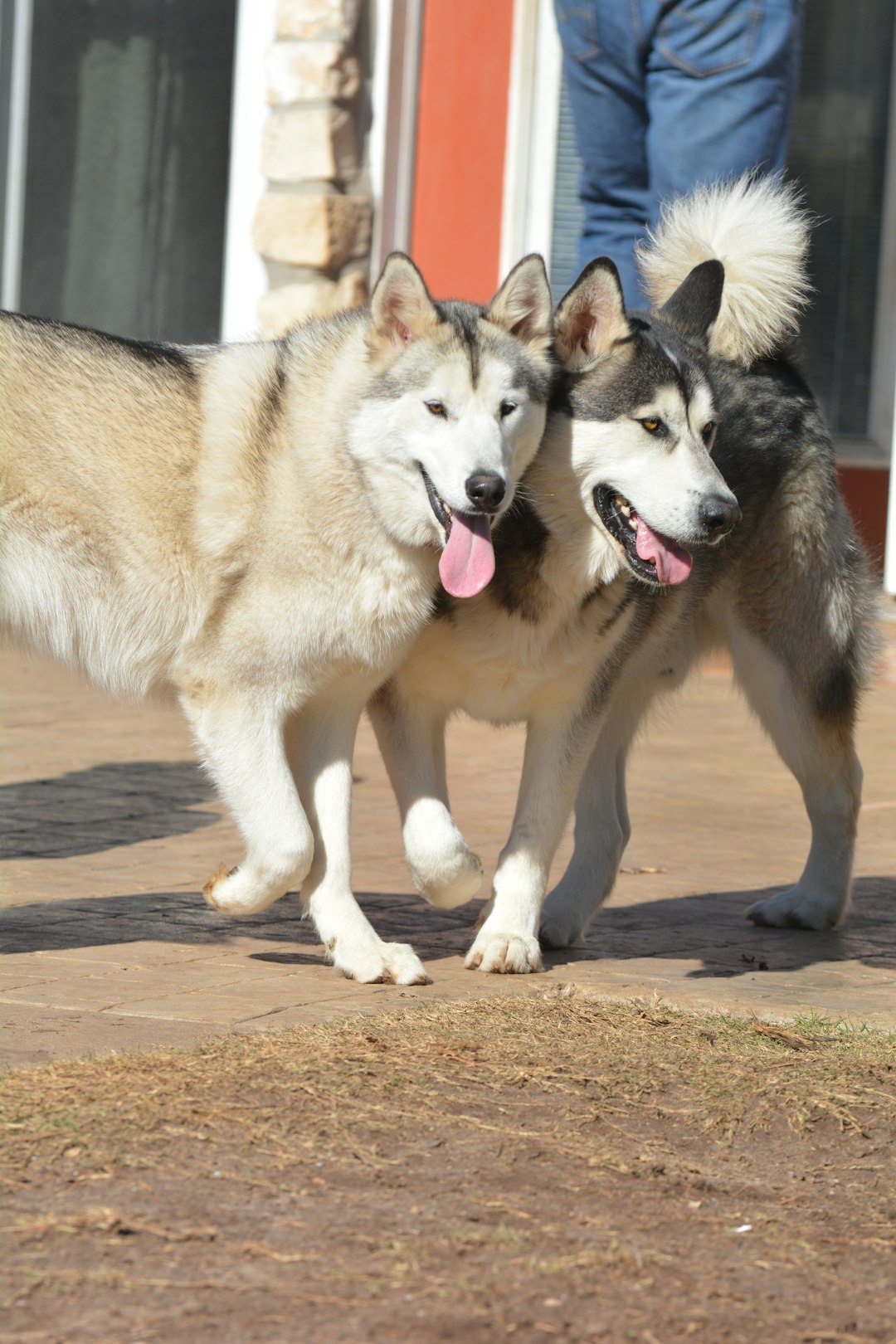When it comes to dog training, the debate over the effectiveness of a dog chain collar can spark more arguments than a cat trying to sit on a dog bed. You might find yourself asking, “Is it a helpful training tool or a lead to disaster?” Well, grab your popcorn because we’re about to dive into the world of chain collars, exploring their pros and cons, and maybe even sharing a laugh or two. So, leash up and join me on this roller coaster of canine training antics!
Understanding Dog Chain Collars
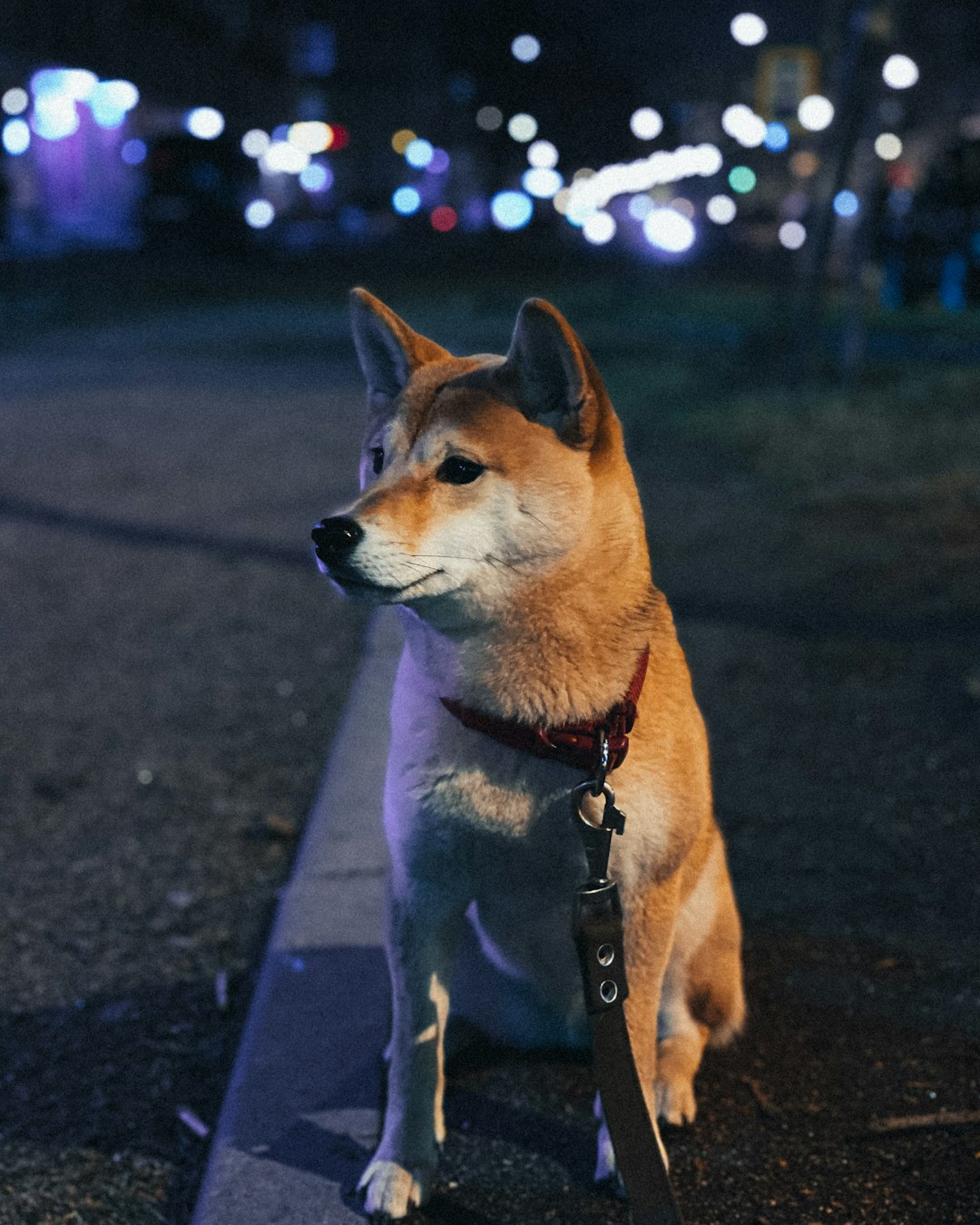
Ah, the Dog Chain Collar—the epitome of canine fashion and functional training! It’s a collar that looks like it could double as your dog’s breakthrough into the world of chain smoking (kidding!). But seriously, let’s break it down:
- What Is It?
- A Dog Chain Collar is made of metal links, often designed to choke or restrict when pulled. Perfect for the dog that thinks the world is its personal playground!
- Purpose:
- Primarily used for training, it offers a few advantages:
- Helps with leash control
- Offers immediate feedback (read: something your dog can’t ignore!)
- Primarily used for training, it offers a few advantages:
- When Not to Use:
- If your pup resembles a whirlwind of chaos rather than a disciplined companion, a Dog Chain Collar might not be your best bet. For gentle giants or nervous Nellies, this collar may create more problems than it solves.
The Dog Chain Collar can be an effective tool in the right hands—just remember, it’s not a magic wand!
Benefits of Using Chain Collars for Training
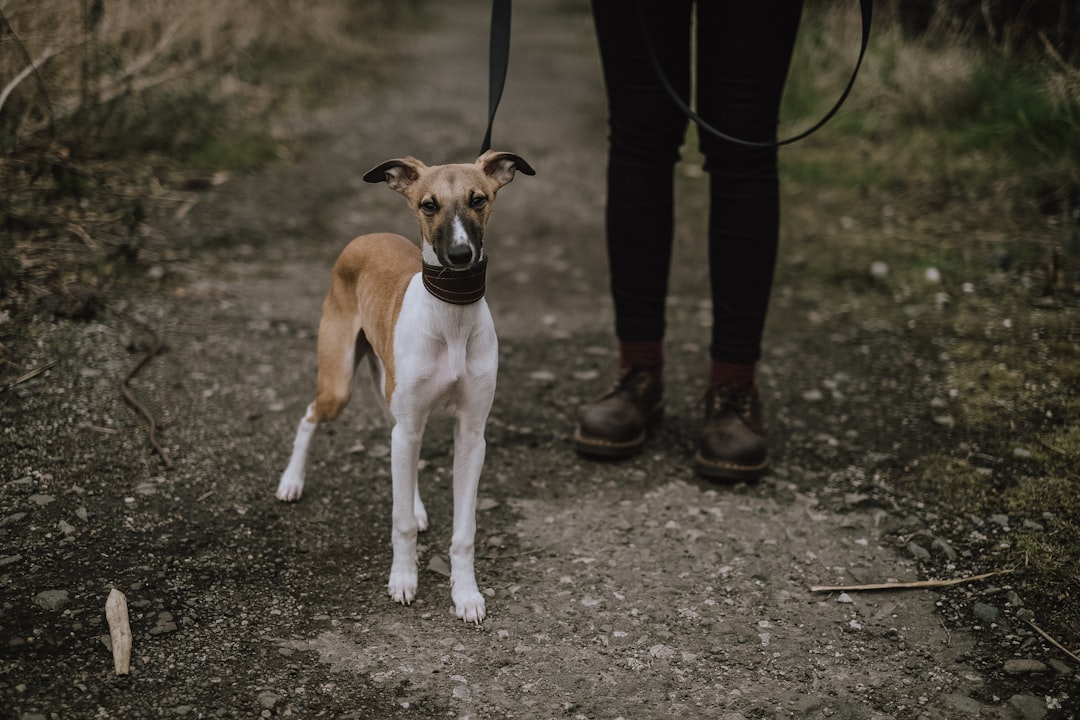
Let’s face it—training a dog can feel like trying to teach a cat to fetch. Enter the Dog Chain Collar, your training ally in this chaotic adventure! Here’s why you might consider using one:
- Effective Control: A Dog Chain Collar gives you a firm grip on your furry friend during training sessions. It’s like having a remote control for your dog—minus the ability to skip to commercials.
- Quick Corrections: With a slight tug, you can let your dog know that “No, that squirrel is not for chasing!” This collar helps convey your message faster than your dog can say “oops.”
- Durability: Unlike those frilly collars that fall apart at the first sign of mud, chain collars can withstand even the most playful pups. They’re like the ninja of dog gear—strong and stealthy!
- Training Versatility: Whether it’s for a rowdy rescue or a stubborn bulldog, the Dog Chain Collar can be utilized in various training scenarios, making it a dog trainer’s favorite Swiss army knife.
So, if you’re navigating the wild world of dog training, consider the Dog Chain Collar—just remember to use it wisely and with a sprinkle of humor!
Potential Risks Associated with Chain Collars
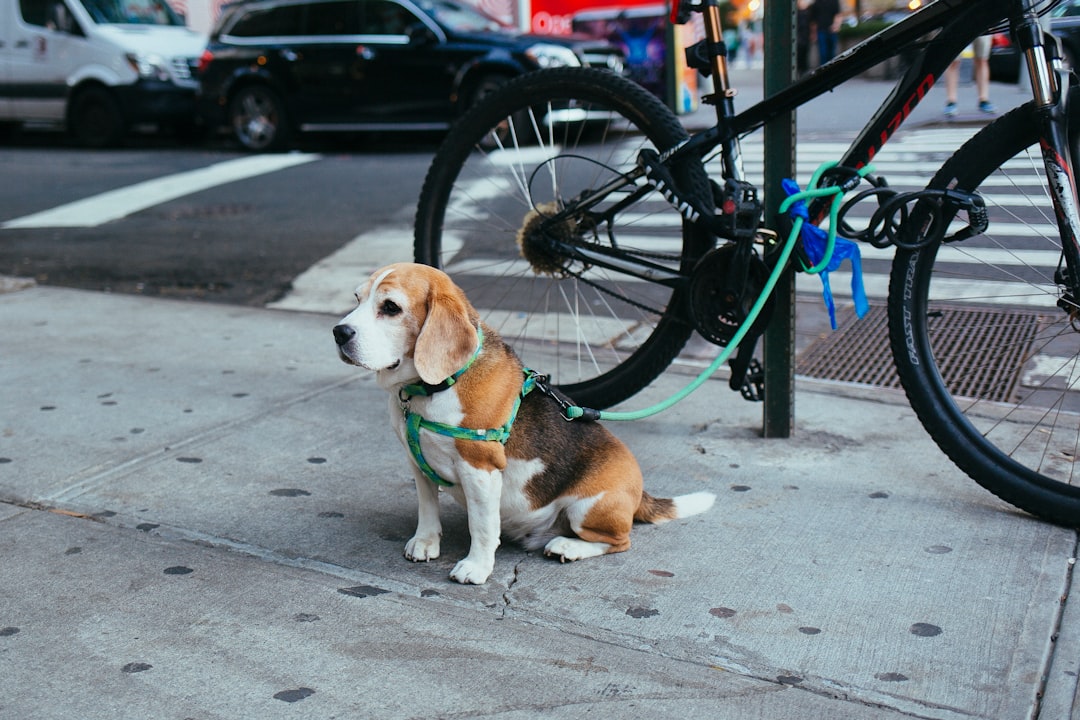
Now, let’s tackle the elephant in the room—potential risks associated with dog chain collars. While these shiny contraptions might seem like the hottest accessory for your four-legged friend, they can also come with a few slippery slopes, to say the least. Here’s why some pet experts raise their eyebrows:
- Physical Injury: A dog chain collar can lead to injuries, especially if your dog pulls like they’re auditioning for the I Love Lucy show. Neck injuries, tracheal damage, or skin irritation can occur if not used correctly.
- Behavioral Issues: Using a dog chain collar can sometimes turn obedient Fido into a disgruntled gremlin. This can happen if your pooch associates the collar with discomfort or fear rather than as a tool for training.
- Escaping Houdinis: Not every dog is a fan of tight-fitting metal collars. If your pup decides to outsmart you, they may wriggle free faster than you can say “doggy daycare.”
In short, while the dog chain collar has its merits, the risks can make it feel like walking a tightrope. So, keep a sharp eye and leverage some common sense!
How Chain Collars Affect Dog Behavior
So, how does a Dog Chain Collar affect our furry companions? Let’s take a delightful dive into the canine psyche! 🐶
- Communication Tool:
- A Dog Chain Collar can help establish a clearer line of communication. Think of it as a doggy walkie-talkie! The gentle pressure you apply lets them know you mean business.
- Increased Focus:
- Some pups find it easier to concentrate when they feel securely restrained. It’s like putting a doggy teacher’s pet collar on them!
- Learned Behaviors:
- A Dog Chain Collar can encourage positive behaviors when used correctly. It can transform your pup from a “wild child” into a “well-mannered gentleman” in no time!
However, don’t start thinking this is a magic wand. Every pup is unique! So, keep an eye on Fido’s reactions. A collar that makes one dog sparkle can leave another feeling more like a grumpy cat. In the end, understanding your dog’s personality is the ultimate leash—uh, I mean, key!
Best Practices for Using Chain Collars Safely
Alright, folks, if you’ve decided to embark on a wild joyride with a Dog Chain Collar, buckle up! Just like wearing a seatbelt stops you from flying through the windshield, using a chain collar correctly can keep both you and your furry friend safe. Here are some golden rules to keep in mind:
- Fit Matters:
- Make sure the collar is snug, not suffocating. You should comfortably fit two fingers under it—unless you’re a gorilla, then you might need to adjust!
- Short and Sweet Sessions:
- Use it for short training spurts. No one enjoys hours of a slack-jawed, drool-flecked tug-of-war.
- Positive Reinforcement:
- Pair the chain collar with treats or praise. Because who doesn’t like a bit of kibble for good behavior?
- Monitor Body Language:
- Keep an eye on your pup. If they’re pulling a drama queen act, it might be time for a timeout!
Remember, a Dog Chain Collar isn’t a magic wand. It’s just one of many ways to help your pooch behave better. Use it wisely, and you’ll both be happier!
Best Practices for Using Chain Collars Safely
So, you’ve decided to don your pup with a Dog Chain Collar? Excellent choice! But before you dive into the world of training, let’s not forget some best practices to ensure your furry friend doesn’t turn you into a human pretzel during walks.
Here are a few golden rules to follow:
- Choose the Right Size: A collar that’s too tight is like your favorite sweater post-Thanksgiving dinner—uncomfortable and can lead to disaster. Aim for a snug fit, but ensure you can fit two fingers between the collar and your dog’s neck.
- Supervise During Use: A Dog Chain Collar is not a babysitter. Keep an eye on your dog, especially when they’re playing with their canine buddies. You don’t want a tug-of-war to turn into a game of “who loses a tooth first.”
- Limit Usage: Think of the collar as a tool, not a fashion statement. Use it for training sessions, then switch back to a comfortable collar for daily wear. Your pup will appreciate the change—trust me!
- Review Regularly: Check the collar for signs of wear and tear. A rusty chain isn’t just an aesthetic issue; it can also be a ticket to a tragic “dog escape” scenario.
Following these tips can help you leverage the Dog Chain Collar effectively while keeping the safety and comfort of your furry friend front and center!
When to Seek Professional Advice
So, you’ve entered the world of Dog Chain Collars, and your furry friend is either A) strutting like a model on a runway or B) attempting to audition for an escape artist show. If you find yourself scratching your head more than your dog scratches its ears, it might be time to call in the experts! Here are some signs that a professional trainer is your best friend:
- Inconsistent Results: If your dog seems more confused than well-behaved, it might be time to consult a trainer. You wouldn’t take fashion advice from a dog, right?
- Aggression Issues: If your pup has transformed from a loving companion to a growling beast, skip the trial and error; get a pro involved.
- Safety Concerns: If you’re worried about using a Dog Chain Collar improperly, safety is paramount! No one wants a trip to the vet becoming a regular Tuesday ritual.
- Frustration Level: If training feels more like a wrestling match than a bonding experience, a professional trainer can help prevent a dog-astrophic situation.
Trust me, a little professional guidance can make your dog’s chain collar experience as smooth as its favorite peanut butter treat! 🐾
When to Seek Professional Advice
Ah, the age-old question: when should you call in the experts? With a Dog Chain Collar, you might find yourself asking, “Am I in over my head?” Don’t fret; even the best dog parents occasionally need a helping paw.
Here’s when it’s time to whistle for professional help:
- Confusing Behavior: If your pup suddenly decides that “sit” means “roll in mud,” it’s time to consult a trainer. Clearly, your dog thinks he’s a contestant on America’s Got Talent—Not ideal!
- Uncontrolled Aggression: If your furry friend transforms from a sweet pup into Cujo when a squirrel passes by, this signals that it’s time to bring in an expert.
- Training Stagnation: If no amount of treats can guide your pooch, it may be time to seek training advice. You wouldn’t want your Dog Chain Collar to become a glorified necklace, right?
- Health Concerns: If your dog shows any signs of discomfort with the collar, it’s better to ask for guidance than to risk injury.
Remember, a happy dog leads to a happy owner. Knowing when to ask for help can lead to more tail wags and fewer gray hairs!
Frequently Asked Questions
What exactly is a dog chain collar, and how does it differ from regular collars?
A dog chain collar is the bling bling of the collar world – it’s shiny, metallic, and definitely a grabber of attention! Unlike your basic fabric or leather collars, chain collars are made of, surprise! chains! They’re typically used for training and can help with pulling issues. But remember, the only bling you want your dog to show off is the one that doesn’t come with a side of ouch! So, use wisely!
Are chain collars safe for my dog, or are they more likely to strangle my fur baby?
Ah, the classic ‘will it choke my dog’ dilemma! While chain collars can be safe when used correctly (just like a roller coaster that’s designed for humans), improper use can lead to discomfort or injury. It’s crucial to fit the collar properly and monitor your pooch. Think of it like wearing a necklace: you wouldn’t want to show it off if it’s about to turn into a choke chain, right? So, safety first!
Can chain collars really help with training my dog, or is that just a tall tail?
Oh, they can indeed help with training – but only if your dog isn’t already planning an escape route to the next donut stand! A chain collar, when used as part of a well-rounded training method, can provide more control, but it’s not a magic wand! Positive reinforcement, treats, and some good ol’ belly rubs should definitely be in your training toolkit as well! Remember, you catch more flies with honey than with chain collars!
Are there any alternatives to chain collars that are just as effective but less… ‘metallic’?
Absolutely! If the thought of shackling your dog in metal gives you more anxiety than a squirrel around an angry dog, you have options! Consider using a front-clip harness or a martingale collar, which are both effective for training without causing a ruckus. They may not glisten in the sunlight, but they sure will keep your pup safe while looking fancy without the associated risk of chain collars!


